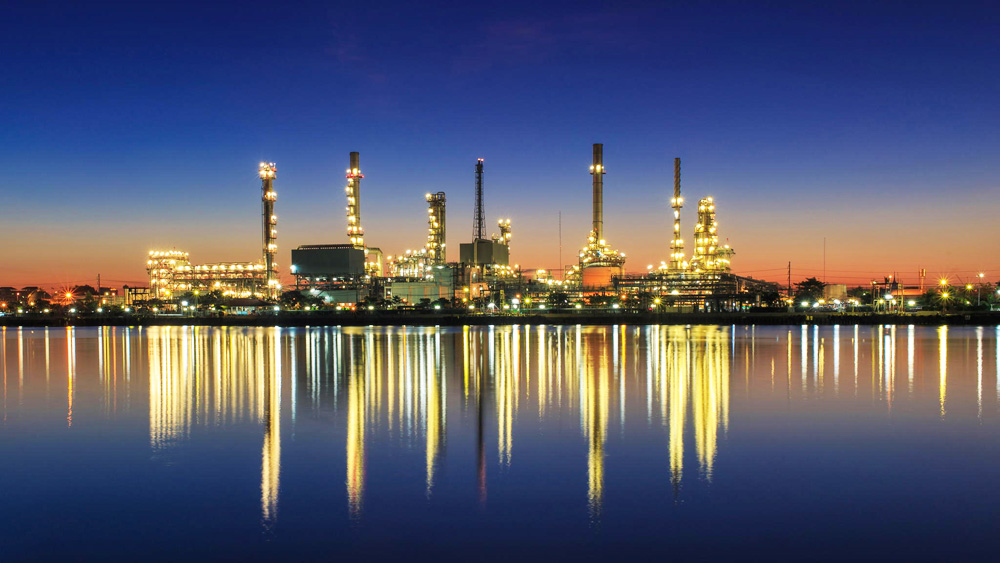
EPA Sets Stricter Standards For Oil Refineries
EPA Sets Stricter Standards For Oil Refineries. The Environmental Protection Agency announced new rules Tuesday to reduce toxic air pollution from oil refineries by forcing operators to adopt new technology that better monitors and controls emissions.
The rules will require for the first time that refineries install air monitors along “fence lines” where pollution enters neighboring communities. The monitors will measure levels of benzene and other dangerous pollutants. Corrective action will be required if levels exceed established limits. EPA Sets Stricter Standards For Oil Refineries
EPA Administrator Gina McCarthy said the rules would protect the health of more than 6 million people who live within 3 miles of a refinery. The rules will serve as a kind of “neighborhood watch for toxic pollutants” near the nation’s 140 petroleum refineries, including dozens across the coasts of Texas, Louisiana, Mississippi and Alabama, McCarthy said. Refineries also are located near major cities such as Los Angeles, Philadelphia, New York and Chicago.
McCarthy called the rules a demonstration of the Obama administration’s commitment to “environmental justice,” noting that many people who live near refineries are poor, including a large percentage who are members of minority groups.
Announcement of the long-delayed refinery rule came as the EPA prepared to set new limits on smog-forming pollution linked to asthma and respiratory illness.
Facing a court-ordered deadline, the EPA is expected to act by Thursday to set a new ozone standard. Officials are expected to set a limit of 70 parts per billion or less in the atmosphere, down from the existing standard of 75.
A top EPA official said Tuesday the current ozone limit “is not adequate to protect the public health.”
Janet McCabe, the EPA’s top air regulator, told Congress that a new, stricter standard is needed to cut dangerous ozone pollution and prevent thousands of asthma attacks, emergency room visits and even premature deaths.
A new ozone standard, combined with greenhouse gas reductions mandated by a new rule limiting carbon pollution from coal-fired power plants, “will extend the trajectory of the last 40 years when we’ve cut air pollution 70 percent – all while our economy has tripled,” McCabe said Tuesday at a Senate hearing.
Sen. James Inhofe, R-Okla., chairman of the Senate Environment and Public Works Committee, countered that a new ozone limit would likely have negligible environmental benefits and comes with huge economic costs. Instead of creating a job-killing mandate, the EPA should focus on helping counties across the nation that have not yet met the current standards, he said.
“A new standard at this time is not only irresponsible, but also impractical and economically destructive,” Inhofe said.
The National Association of Manufacturers is leading opposition to the new rule and argues in TV ads that the current ozone rule works. The ad features a video clip of Obama saying at the White House last month that the U.S. has largely “solved” the smog problem since the days when thick air pollution in Los Angeles and other big cities made it difficult to breathe.
Obama made the comment – recalling his college days in Los Angeles – as he announced unprecedented carbon dioxide limits on coal-fired power plants, the biggest step taken by the U.S. on climate change.
“The president is right,” the ad says. “The current ozone rule is working.”
McCabe declined to specify what the new ozone limit will be, but assured senators that the standard will be based on the law, a thorough scientific review and recommendations from independent advisers.
Sen. Roger Wicker, R-Miss., said the EPA’s plan could be disastrous for his state.
“We’ve got a regulation coming at states and consumers that is going to absolutely explode the price of power in our state,” Wicker said, calling the EPA plan “unworkable.”
Paul Billings, senior vice president of the American Lung Association, said EPA should not consider cost but instead focus on protection of the public’s health and safety.
Once a standard is set that protects the public, then cost can be factored in, Billings said. The lung association has played a key role in development of ozone standards through a series of legal actions over the past two decades.
“Less smog means better health for all of us,” Billings said.
Cutting ozone emissions to 70 parts per billion would cost industry about $3.9 billion in 2025, the EPA estimated.
—
Follow Matthew Daly on Twitter: http://twitter.com/MatthewDalyWDC
© 2015 The Associated Press. All rights reserved. This material may not be published, broadcast, rewritten or redistributed. Learn more about our Privacy Policy and Terms of Use.













